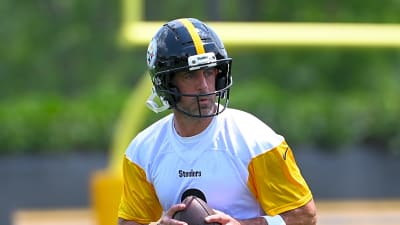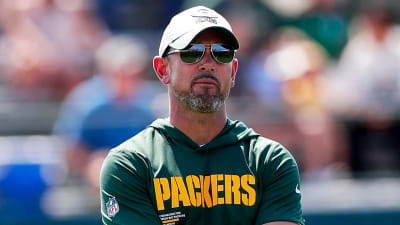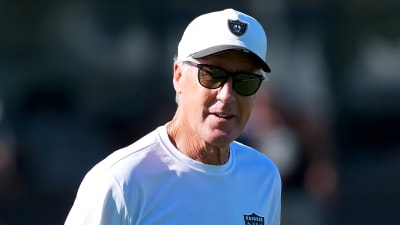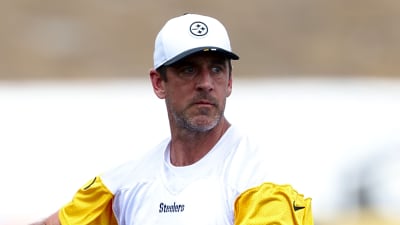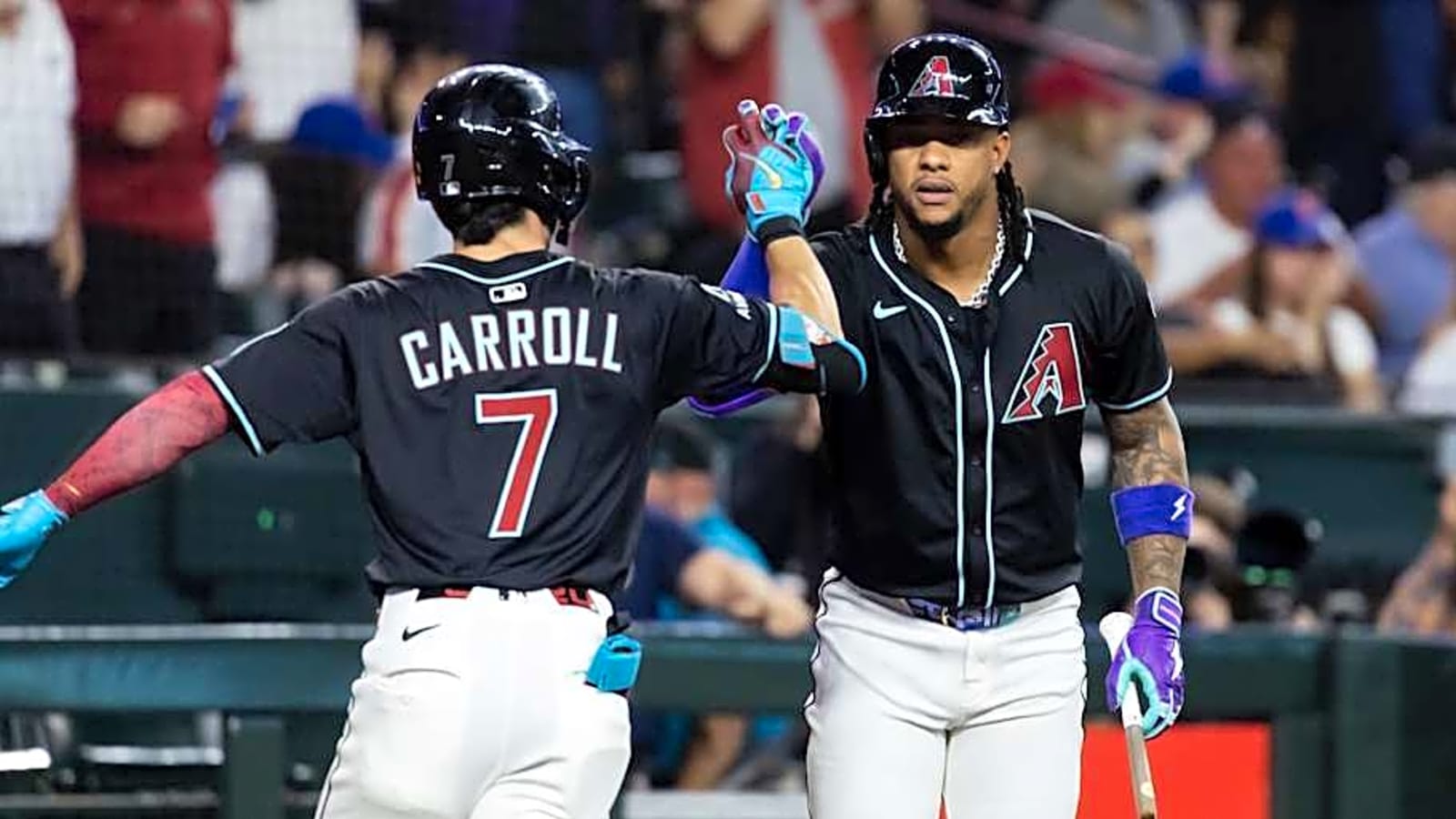
When a team is in a batting slump like the Arizona Diamondbacks are right now, it's hard to remember how good they've been and even harder to believe they'll ever hit again. At least that's how it can feel watching the games when one is in the grips of recency bias.
The Diamondbacks' Slump
The D-backs have been in a horrific seven-game batting slump that dates back to the start of the Houston Astros series on July 21. During that span they've scored only 9 runs and posted a .567 OPS. Both numbers are by far the worst in MLB over those eight days.
This span is in a six-way tie in franchise history for the fewest runs scored over a seven-game span, and they're 1-6 in these games. It's painfully ironic that the pitching, a season-long sore spot, has been good for the most part during this stretch, posting a 3.63 ERA.
The Diamondbacks still have a top-ranked offense
The Diamondbacks ended play on July 20 having scored the fourth-most runs in MLB, 5.15 per game, and the second highest OPS at .776. MLB Average OPS is .717 and runs per game average is 4.39. It can't be stated more clearly, the D-backs offense was inarguably one of the top four offenses in MLB just nine days ago.
The seven-game slump has dropped the runs per game to 4.90, which still ranks fourth, albeit much closer now to the fifth-place Red Sox at 4.85. Their OPS has dropped to .763, but still ranks fourth in MLB.
Despite some in the media's obsession with a very flawed stat like batting average with runners in scoring position, the Diamondbacks have actually been a very good high-leverage batting team. Their High Leverage OPS of .766 ranks eighth-best in MLB.
When you carve that down to high-leverage from the seventh inning onwards, even including extra innings, the D-backs' .847 OPS ranked second best in all of MLB.
How does the Diamondbacks' offense project going forward?
The table below is derived from FanGraphs Rest of Season Depth Chart projections. They are a combination of ZiPS and Steamer projections, set to playing time projections from the FanGraphs staff.
Remember, projections are not predictions. They are simply a tool to help set baseline expectations, but can't take into account injury, manager or organizational decisions.
And performance is subject to large fluctuations in smaller samples. One third of a season is a relatively small sample in the scheme of things.
Both the Year to Date and Rest of Season projections of players no longer in the organization (Josh Naylor, Randal Grichuk, and Garrett Hampson) have been removed. The table is sorted by projected ROS plate appearances.
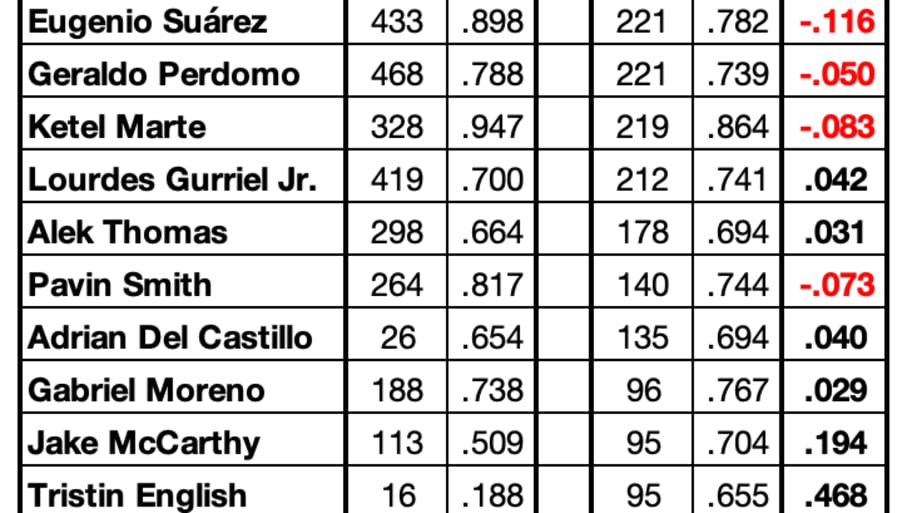
The year-to-date OPS of .762 showing above is only one point lower than the team's actual .763 OPS. Keep mind that while Naylor was well above the team average (.807 OPS in 394 PA), Grichuk (.734 OPS in 188 PA) and Hampson (.526 OPS in 41 PA) were below average, and thus offset each other.
The projected OPS going forward from here is .743, or approximately 20 points lower than the year-to-date number. The vast majority of the difference can be chalked up to regression to the mean for the team's best hitter.
Ketel Marte, Eugenio Suarez, Corbin Carroll and Geraldo Perdomo all had excellent numbers through the first 100 games in full-time roles.
The biggest regression candidate with the biggest impact is Eugenio Suarez. A week ago his projections seemed woefully off base.
After a horrific slump, however, the reality may be setting in that a 55-homer pace and .950 OPS was not likely sustainable. He is projected to hit 11 more homers through the end of the year which would give him 47.
Some of the players promoted from Reno that have had minimal plate appearances with very poor results are projected to be better going forward. That includes Tristin English, Jordan Lawlar, and Jake McCarthy. They are also still projected to be well below average, however.
What happens if Eugenio Suarez is traded?
In the event that Eugenio Suarez is traded over the next few days, then most of the remaining third base plate appearances would likely be split between Blaze Alexander and Lawlar.
When I removed Suarez from the table, and split those 221 PA evenly between Alexander and Lawlar, the team projected OPS dropped another 14 points to .729.
That would essentially leave the D-backs with a league-average offense going forward, or just slightly above, based on these projections.
It's impossible to say what the psychological impact of a continued selloff will take on performance. Some of the veteran starters with guaranteed contracts may be demotivated or unfocused.
At least, that is the narrative some may put forth, mistaking regression to the mean for lack of focus or effort.
But the flipside of that is one or two younger players getting an opportunity to play every day without pressure may find their footing and beat their projections handily.
Or, guys like English or Lawlar may simply regress to the mean as well, which in their case would be positive movement upwards in their numbers.
Time will tell.
Arizona Diamondbacks Latest News
More must-reads:
- Phillies again connect with Twins in deal for center fielder
- Tigers reportedly cut ties with former top prospect
- The 'National League MVPs' quiz
Breaking News
Trending News
Customize Your Newsletter
 +
+
Get the latest news and rumors, customized to your favorite sports and teams. Emailed daily. Always free!
